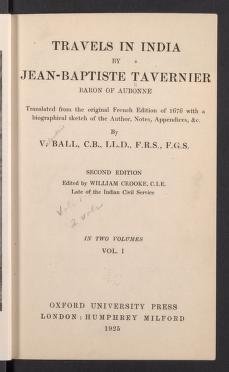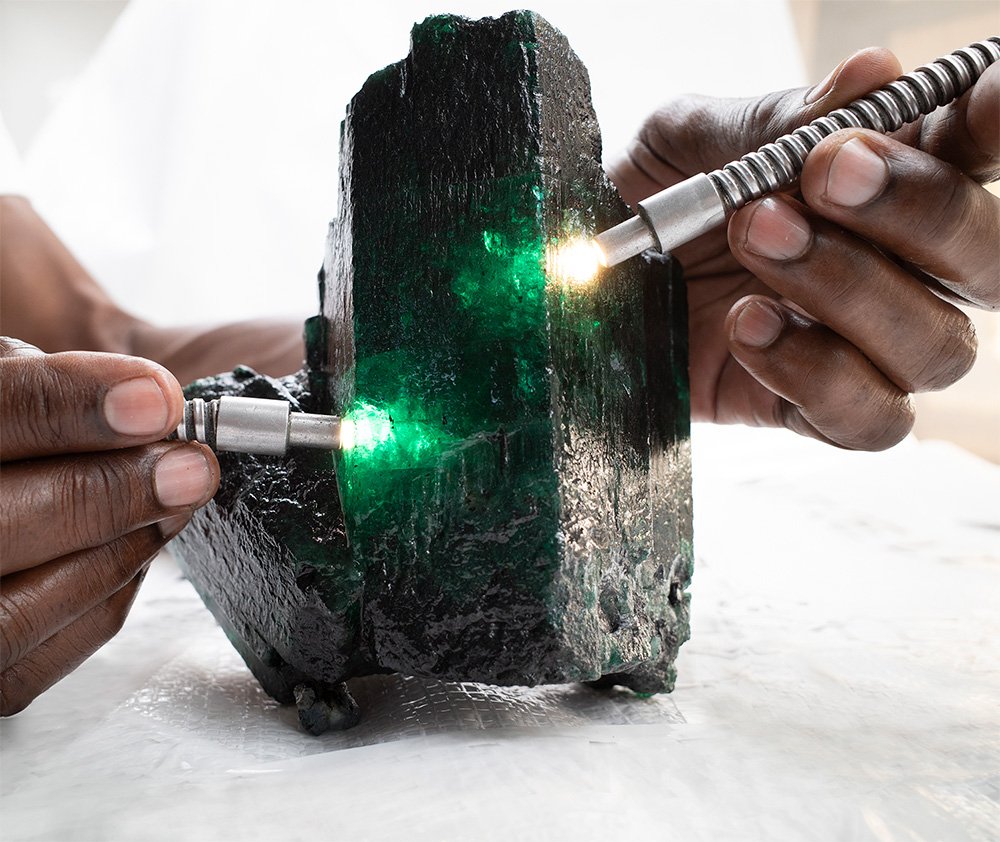
Meet Arthur Brand, the Dutch art detective known as the “Indiana Jones of the art world.” Discover how he tracks stolen masterpieces like Van Gogh and Picasso. Arthur Brand is often called the Indiana Jones of the art world. He has spent years tracking down stolen masterpieces. From Picasso to Van Gogh, his cases read like a museum catalogue of missing treasures.
- Brand lives in Amsterdam.
- His phone might ring in the middle of the night.
- On the other end, someone may reveal the location of a stolen artwork.
- He cannot afford to ignore the call.
“You have to work 24 hours, seven days a week,” Brand says.
“If you let them rethink, they may never call back.”
This is the reality of art crime investigation. Leads appear suddenly.
Opportunities vanish if not seized at once. What would you do if you had just one chance to recover a missing masterpiece? Would you answer the phone?
Brand does.
And that is why he is known as the world’s greatest art detective.
Jean-Baptiste Tavernier (1605–1689) was one of the most well-known European travelers of the 17th century. Born in France to a Protestant family that fled Antwerp, Tavernier became a jewel merchant and explorer.
Between 1632 and 1668, he made six voyages to the East. His journeys covered large parts of Asia, including:
Cyprus. Malta. Turkey. Syria Iraq. Iran. Afghanistan Pakistan. India. Sri Lanka Indonesia
His Famous Book
In 1676, Tavernier published Les six voyages de Jean Baptiste Tavernier. This two-volume work described his travels and the treasures he encountered.
A flawed English translation appeared in 1677.
The first reliable edition in English came in 1889, translated and annotated by Dr. Valentine Ball of the Indian Geological Service.
A second, corrected edition was published in 1925 by William Crooke, updating Ball’s work with more accurate research.
Highlights from His Travels
What makes Tavernier stand out for today’s readers?
His detailed accounts of Indian diamond mines.
His inspection of the jewel collection of the Great Mogul.
Notes on the trade of rubies in Burma and sapphires in Ceylon.
A rare description of the Koh-i-Noor diamond, now part of the British royal collection.
A fold-out map in his book traces his journeys and marks the mines he visited.
How Historians View Tavernier
Tavernier was not a scholar or linguist. Many of his observations were later questioned for accuracy.
Yet his work has lasting value:
He recorded prices and qualities of goods with precision.
He documented trade and business practices of the 17th century.
Modern historians like Lucien Febvre and Fernand Braudel used his reports for studies on economic and social history.
Why It Matters for You
If you are curious about:
How diamonds and gems were mined and traded in India.
How European travelers interacted with Asian markets.
How global trade shaped wealth and power in the 1600s.
Then Tavernier’s Travels in India offers a unique first-hand window into that world.
Gemfields introduces Imboo, an 11,685 carat emerald discovered at Kagem Mine in Zambia.
Learn about its features, traceability, and September 2025 auction details.
Gemfields Presents Imboo – The 11,685 Carat Emerald
This extraordinary gemstone will headline Gemfields’ high-quality emerald auction running from 25 August to 11 September 2025.
Key Highlights
Size and Rarity
Imboo is one of the largest emeralds ever discovered at Kagem Mining, Zambia. At 11,685 carats, it stands as a milestone in the world of colored gemstones.Origin
Found in the Copperbelt Province of Zambia. Kagem Mine is considered the world’s largest single emerald-producing mine. Ownership: 75% Gemfields, 25% Zambian government via Industrial Development Corporation.Color and Clarity
Even under strong light, Imboo displays a rich green hue with golden warmth. Its clarity captures attention, making it a rare collector’s piece.Traceability
The buyer can use nanoparticle-tagging through Provenance Proof. This ensures the stone’s origin at Kagem remains verifiable, even after cutting and polishing.
Why It Matters
Would you pay a premium for an emerald with guaranteed traceability?
How does provenance affect long-term value in your gemstone collection?
For collectors and investors, Imboo represents more than beauty – it offers a documented history.
Looking Ahead
The auction will decide who takes ownership of this giant emerald. With provenance protection, Imboo is set to remain a reference point in emerald history.
Crater of Diamonds State Park in Murfreesboro, Arkansas, is the only place in the world where you can search for natural diamonds in their original volcanic source. You search in a 37-acre field – the eroded surface of a volcanic crater – for diamonds, rocks, and minerals. Everything you find is yours to keep.
How You Can Search for Diamonds
Bring your own tools (no battery or motor-driven equipment allowed). Rent tools at the park. Learn different search methods at the Diamond Discovery Center.
What You’ll Learn at the Park
View real, uncut diamonds at the visitor center.
See exhibits on the geology and history of the area.
Get free identification of rocks and minerals you find.
Watch live demonstrations of diamond mining techniques.
Types of Diamonds and Minerals Found
Diamonds come in many colors. At Crater of Diamonds, you’ll mostly find:
White diamonds. Brown diamonds. Yellow diamonds
Other gems and minerals found here include: amethyst, garnet, jasper, agate, and quartz.
Famous Diamonds Found Here
Since becoming a state park in 1972, visitors have found more than 35,000 diamonds. Some of the most famous include:
Uncle Sam (40.23 carats): The largest diamond ever found in the U.S.
Amarillo Starlight (16.37 carats)
Star of Arkansas (15.33 carats)
Esperanza (8.52 carats)
Amenities at the Park
After digging, you can relax and enjoy other features:
Walking trails
Picnic areas
47 Class AAA campsites with water, sewer, and electricity
5 walk-in tent sites
Gift shop
Diamond Springs Water Park (seasonal)
Why Visit Crater of Diamonds?
Where else can you dig for real diamonds, learn from experts, and keep what you find? Would you spend a day searching for your very own diamond in Arkansas?



